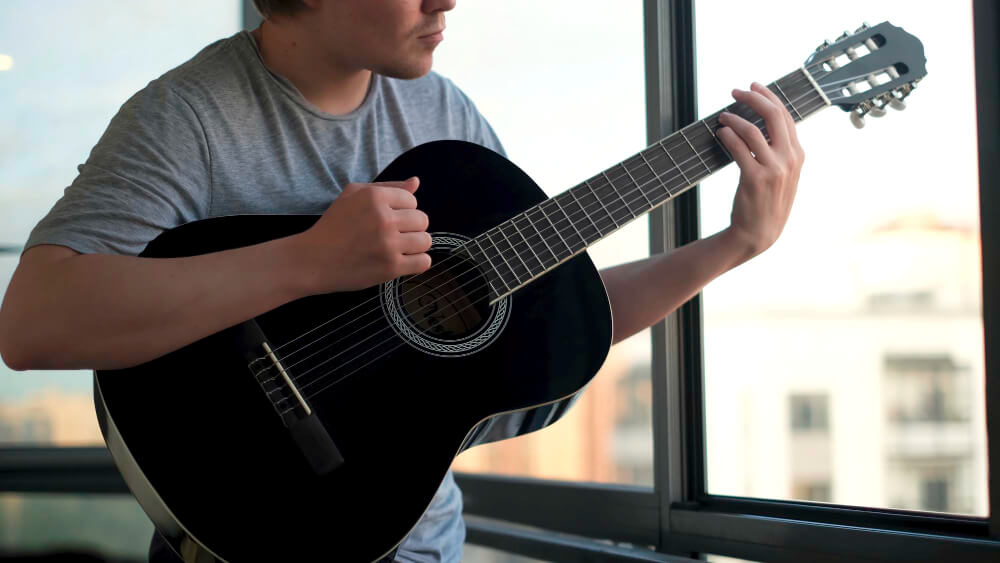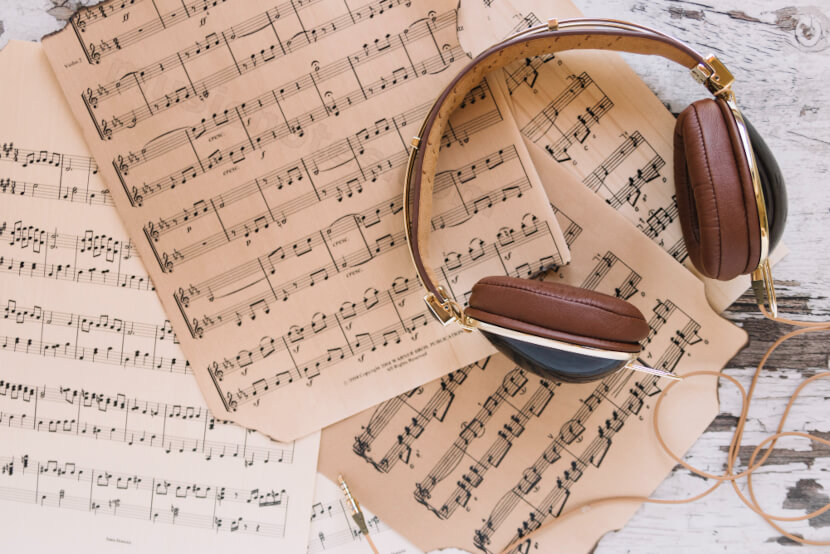In this exploration, we will uncover the various types of music transcription, each serving a unique purpose in the musical landscape. Whether you are a musician looking to decode the complexities of a new piece, an educator shaping the next generation of artists, or a music lover seeking a deeper understanding of your favorite melodies, the world of music transcription offers endless possibilities. Let’s embark on this journey to discover the different forms of music transcription and how they enhance our interaction with music.
Overview of Music Transcription
Music transcription is the art of translating audio music into a written or visual format. This practice is as ancient as music itself, evolving from simple notations to complex scores that capture the essence of a composition. The purpose of music transcription varies – it serves as a study tool for students, a reference for performers, and a preservation method for timeless pieces. In the modern context, transcription is not just about jotting down notes; it’s about understanding and conveying the depth of music. The introduction of AI in transcription has revolutionized this field. It offers unprecedented accuracy and efficiency, opening up possibilities that were previously unthinkable. From capturing the subtle nuances of a solo performance to the complex harmonies of an ensemble, AI-driven transcription like Klangio’s is changing the way we interact with music. This technological advancement is not just a convenience; it’s a gateway to deeper musical exploration and understanding.
Types of Music Transcription
Chords Transcription

Chord transcription is fundamental in music theory and practice. It involves identifying and notating the chords of a song, a task that requires a keen ear and deep understanding of music. Although a lot of chord transcriptions for popular songs are available on platforms like Ultimate Guitar or 911Tabs, it becomes more difficult to find one when it comes to lesser-known songs. In genres like pop, jazz, and rock, chords form the foundation upon which melodies and harmonies are built. Traditionally, transcribing chords was a time-consuming process, prone to inaccuracies. However, with AI, this process has been transformed. AI algorithms, like those developed at Klangio, can accurately detect chords from complex audio tracks, simplifying the transcription process. It opens up new avenues for creativity, allowing musicians to experiment with different chord progressions and styles. Moreover, AI-driven chord transcription is an invaluable tool for music educators, enabling them to provide students with accurate and easy-to-understand materials.
Lead Sheets Transcription

Lead sheets are a quintessential tool in music, particularly in genres like jazz and pop. They provide a skeletal framework of a song, including the melody notes and chord symbols. This simplicity is what makes lead sheets so versatile and widely used. They allow musicians to grasp the essence of a song quickly and offer the flexibility to improvise. Creating a lead sheet, however, requires a detailed understanding of the song’s structure. AI has significantly streamlined this process. By accurately identifying and notating the melody and chords, AI helps in generating lead sheets rapidly and efficiently. A tool that can create lead sheets from a pop song is Melody Scanner. With Melody Scanner’s YouTube transcription feature, musicians can access a vast library of songs in lead sheet format, fostering learning and creativity.
Solo Instrument Transcription

Transcribing music for solo instruments is a meticulous and nuanced task. Each instrument has its unique timbre and range, making the transcription process complex. For instance, transcribing a piano piece involves capturing the melody, harmony, and rhythm, often played with both hands. Similarly, for wind or string instruments, nuances like breath control or bowing techniques need to be considered. AI technology has made significant strides in this area. It can analyze and transcribe solo performances with high accuracy, considering the specific characteristics of each instrument. This capability is invaluable for musicians who want to study or replicate classic solos or for composers who are transcribing their improvisations. It’s also a powerful tool for educators, providing them with accurate transcriptions to use as teaching materials. AI-driven solo instrument transcription is not just about notating notes; it’s about capturing the soul of the performance. Therefore, these AI tools need to be specialized for each musical instrument. There are tools available for piano, guitar, vocal and even drum solo transcription.
Ensemble Transcription

Ensemble transcription is arguably the most complex type of music transcription. It involves not only capturing the notes played by each instrument but also understanding how these notes interact to create a cohesive piece. This type of transcription is essential in orchestral music, chamber music, and jazz ensembles, where multiple instruments play in harmony. Traditionally, transcribing for ensembles required extensive knowledge of orchestration and a keen ear for detail. However, AI has revolutionized this process. With its ability to analyze multiple audio tracks simultaneously, AI can accurately transcribe the parts played by different instruments. This capability is groundbreaking for composers and arrangers, as it allows them to analyze and recreate complex pieces more efficiently. It also benefits music scholars and historians, enabling them to study and preserve ensemble works accurately. AI-driven ensemble transcription is a testament to how technology can enhance our understanding and appreciation of music.
Applications of Transcription
Music transcription is not just an academic exercise; it has practical applications that permeate various aspects of the music industry. In educational settings, transcription is an invaluable tool. It helps students understand musical composition, structure, and theory. By studying transcribed pieces, they can gain insights into the techniques and styles of different composers and performers. In music production, transcription plays a crucial role. Producers and arrangers use transcriptions to recreate or rearrange existing pieces, ensuring that every note aligns with the original composition. For music historians and archivists, transcription is essential in preserving musical heritage. By transcribing historical performances and compositions, they keep the legacy of great musicians alive for future generations. Klangio’s AI technology supports these diverse applications by providing accurate and efficient transcription services. Whether for educational, production, or archival purposes, our technology ensures that the richness and complexity of music are faithfully captured and conveyed.
Conclusion
In conclusion, the world of music transcription is rich and varied, encompassing different types that cater to a wide range of needs and purposes. From chord and lead sheet transcription to solo and ensemble works, each type has its unique place in the tapestry of music. At Klangio, we are dedicated to enhancing the practice of music transcription through AI technology. Our goal is to empower musicians, educators, and music lovers by providing tools that capture the true essence of music. As we continue to innovate and refine our technology, we remain committed to supporting the music community in their creative and educational endeavors. We believe that by unlocking the secrets of music transcription, we can open up a world of possibilities for learning, creativity, and appreciation. So, join us on this melodious journey, and let’s explore the wonderful world of music together.

